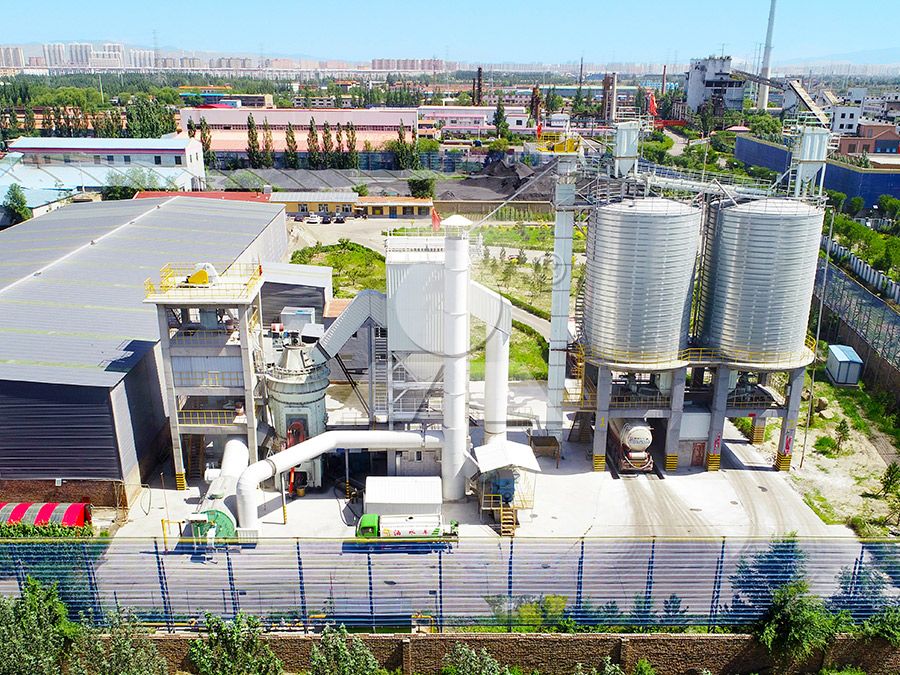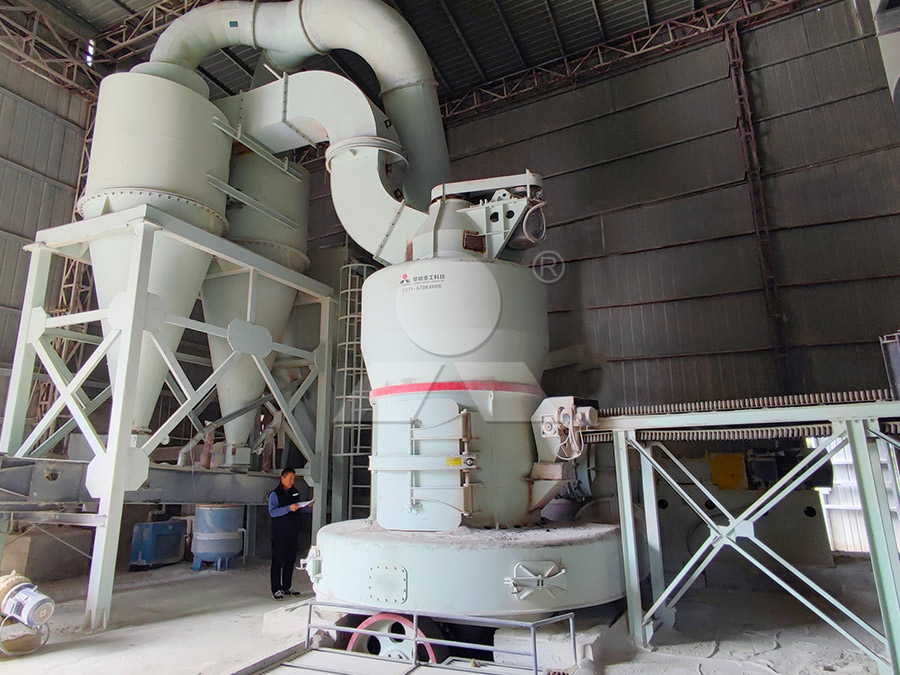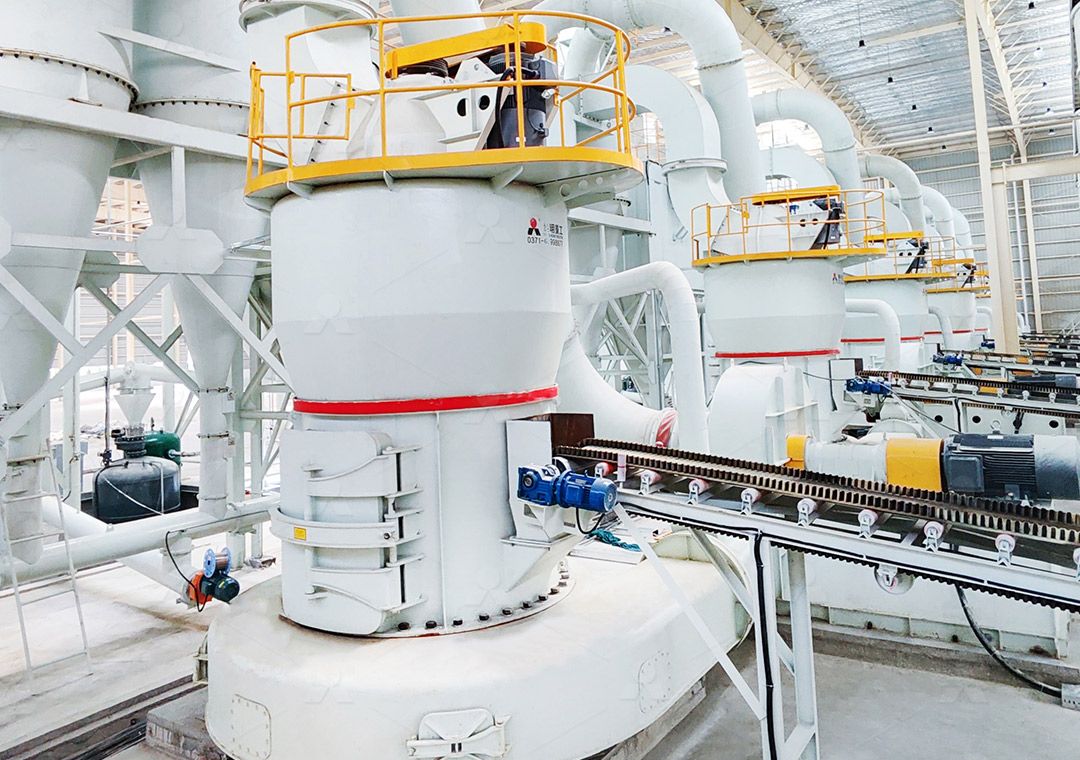Vertical Grinding Mill for Iron Filings Processing
Vertical Grinding Mill for Iron Filings Processing
In the realm of industrial material processing, handling iron filings presents unique challenges. These fine metallic particles, often a byproduct of machining and manufacturing, require specialized equipment to grind, classify, and collect efficiently. Traditional methods can be prone to contamination, high energy consumption, and significant wear on machinery components. The quest for a solution that offers precision, durability, and environmental responsibility has led many industries to adopt advanced vertical grinding mill technology.

Vertical grinding mills are engineered to handle a variety of materials, including metallic powders like iron filings. Their design integrates multiple processes—crushing, drying, grinding, and classifying—into a single, compact system. This not only saves floor space but also reduces operational complexity. For iron filings, which can be abrasive and require consistent fineness, the vertical configuration ensures uniform particle size distribution and minimal iron contamination. The closed-loop system with efficient dust collectors prevents the escape of fine metallic dust, maintaining a clean and safe working environment. Moreover, the ability to operate under negative pressure enhances dust control, which is crucial when processing conductive materials that could pose explosion risks if dispersed.
Key Considerations for Iron Filings Processing
When selecting a grinding mill for iron filings, several factors come into play. The input size of the filings, typically ranging from fine shavings to small chunks, must align with the mill’s capacity. Additionally, the grinding mechanism should minimize metal-to-metal contact to reduce wear and iron impurity. Energy efficiency is another critical aspect, as prolonged processing can drive up costs. Advanced mills address these concerns through features like adjustable grinding pressure, automated control systems, and wear-resistant materials. For instance, the absence of rolling bearings and screws in the grinding chamber, as seen in some models, eliminates points of failure and reduces maintenance downtime. This is particularly beneficial for iron filings, which can accelerate wear in conventional setups.

Recommended Solutions for Optimal Performance
Based on industry demands, we highly recommend the MW Ultrafine Grinding Mill for processing iron filings. With an input size range of 0-20 mm and a capacity of 0.5-25 tph, it is well-suited for handling fine metallic powders. The MW mill’s design includes an efficient pulse dust collector and muffler, ensuring minimal dust and noise pollution—a vital consideration for metal processing environments. Its cage-type powder selector, leveraging German technology, allows precise fineness adjustment between 325-2500 meshes, ensuring the iron filings meet stringent quality standards. Furthermore, the lack of rolling bearings and screws in the grinding chamber reduces the risk of damage from abrasive materials, while external lubrication enables continuous 24-hour operation without shutdowns. For operations requiring higher throughput, the LUM Ultrafine Vertical Grinding Mill is another excellent choice, offering input sizes up to 10 mm and capacities of 5-18 tph, with advanced powder separating technology for superior efficiency.
Environmental and Operational Benefits
Modern vertical grinding mills are designed with sustainability in mind. For iron filings processing, this means incorporating features like pulse dust collectors that capture fine particles, preventing environmental release. The MW Ultrafine Grinding Mill, for example, operates fully in line with national environmental standards, reducing the carbon footprint of industrial operations. Noise reduction technologies, such as silencers and elimination rooms, create a safer workplace. Digitally controlled processing ensures high precision in core components, leading to consistent output and lower energy consumption—up to 30-50% savings compared to traditional mills. These advantages make vertical mills not only a technical solution but also a responsible choice for companies aiming to balance productivity with eco-friendliness.

Frequently Asked Questions (FAQ)
What is the typical fineness range achievable for iron filings with the MW Ultrafine Grinding Mill?
The MW mill can adjust fineness between 325-2500 meshes, with a screening rate of d97≤5μm in a single pass, making it ideal for producing ultra-fine iron powder for applications like metallurgy or additives.
How does the mill handle the abrasive nature of iron filings?
Features like no rolling bearings in the grinding chamber and wear-resistant materials reduce direct contact and extend component life, minimizing maintenance needs.
Can the mill operate continuously for large-scale production?
Yes, models like the MW Ultrafine Grinding Mill support 24-hour operation with external lubrication, ensuring uninterrupted processing for high-volume demands.
What safety measures are in place for dust control?
Integrated pulse dust collectors and negative pressure systems prevent dust escape, crucial for handling combustible materials like iron filings.
